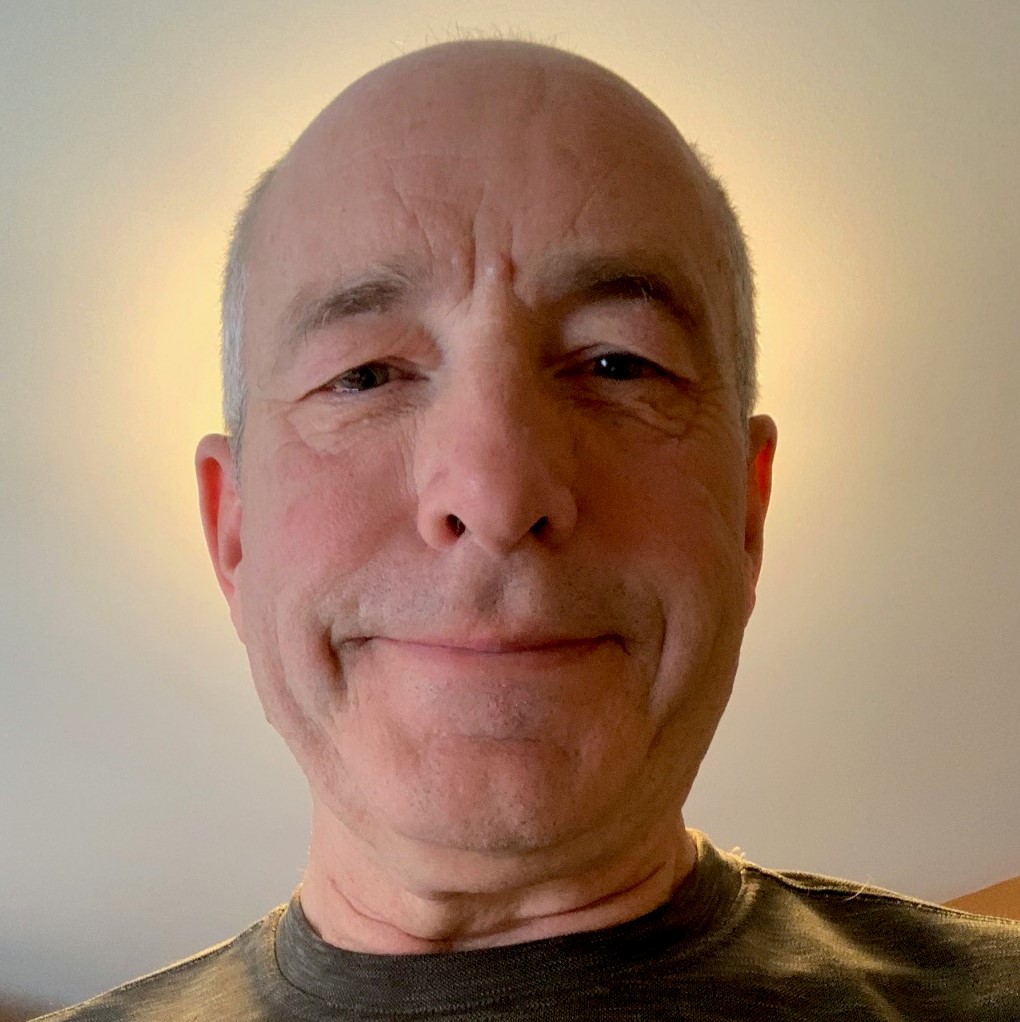SAGE Record 114, Brekke et al.
Brekke, H., J. A. MacEachern, T. Roenitz, and S. E. Dashtgard, 2023, The use of microresistivity image logs to map point bars in the subsurface: An example from the McMurray Formation, Canada: SAGE Record 114, 1 p., <http://sagetech.org/sage_record_114_brekke_et_al/>. Oral presentation at SAGE AGES #4, 19 January 2023, Online.
KEYNOTE PRESENTATION: The Use of Microresistivity Image Logs to Map Point Bars in the Subsurface: An Example from the McMurray Formation, Canada
Howard Brekke (Consultant, Calgary, Alberta, Canada), James A. MacEachern (Applied Research in Ichnology and Sedimentology Group, Department of Earth Sciences, Simon Fraser University, Burnaby, British Columbia, Canada), Tania Roenitz (Consultant, Calgary, Alberta, Canada), and Shahin E. Dashtgard (Applied Research in Ichnology and Sedimentology Group, Department of Earth Sciences, Simon Fraser University, Burnaby, British Columbia, Canada)

Well logs such as spontaneous potential and gamma ray historically have been the only tools available for facies evaluation of uncored wells, and are largely restricted to providing interpretations of lithology. The addition of microresistivity image logs has greatly improved facies identifications and their interpretations, on par with and (in some ways) superior to core-derived facies evaluations. In the case of channel complexes, core descriptions provide details about bedding contacts, sedimentary texture, stratification style, bioturbation intensity, and trace fossil diversity. Image logs provide texture, fabric, bedding contact style, dip directions and angles, large-scale stratification, and bedding architecture information yielding paleoflow and lateral accretion directions. When core description data are integrated with image log analysis, the subsurface analyst possesses a powerful tool for characterizing and mapping facies, facies successions, and facies associations.
Facies identifications associated with channel systems and their associated point bar deposits are based on several image log criteria. Mud-clast breccias display variable dip angles and dip directions. Cross-stratified sands comprise vertical successions of stacked, internally consistent bedsets with high dip angles (>15°) that indicate paleoflow direction. Lateral accretion beds show consistent dip directions with a progressive change from shallow-to-steep-to-shallow dip angles (e.g., <4°–15°–<4°) from the base to the top of the succession, associated with beds that dip toward the thalweg of the paleochannel. Flat-lying (<4°) mud-dominated intervals record vertical accretion associated with point bar tops or channel abandonment.
Point bar deposits, although readily recognizable in most successions, are notoriously challenging to map and correlate accurately in the subsurface. Sedimentologic interpretations from microresistivity image logs, by contrast, offer an unparalleled method of accurately reconstructing the point bar architectural elements and mapping their distribution. Bedding dip profiles of architectural elements recording downstream migration, lateral-accretion, and channel abandonment can be reliably demonstrated to record semi-continuous point bar accretion of single or erosionally juxtaposed large-scale channel geobodies. Microresistivity image log analysis clearly demonstrates that bedding arrangements and architectural elements of these heterolithic point bars display discrete and predictable changes in dip angle and direction that are independent of autogenic variations in lithology. We advocate, therefore, that this approach be used to map the facies of point bars in order to reliably predict their reservoir trends.
Brekke, H., J. A. MacEachern, T. Roenitz, and S. E. Dashtgard, 2023, The use of microresistivity image logs to map point bars in the subsurface: An example from the McMurray Formation, Canada: SAGE Record 114, 1 p., <http://sagetech.org/sage_record_114_brekke_et_al/>. Oral presentation at SAGE AGES #4, 19 January 2023, Online.

